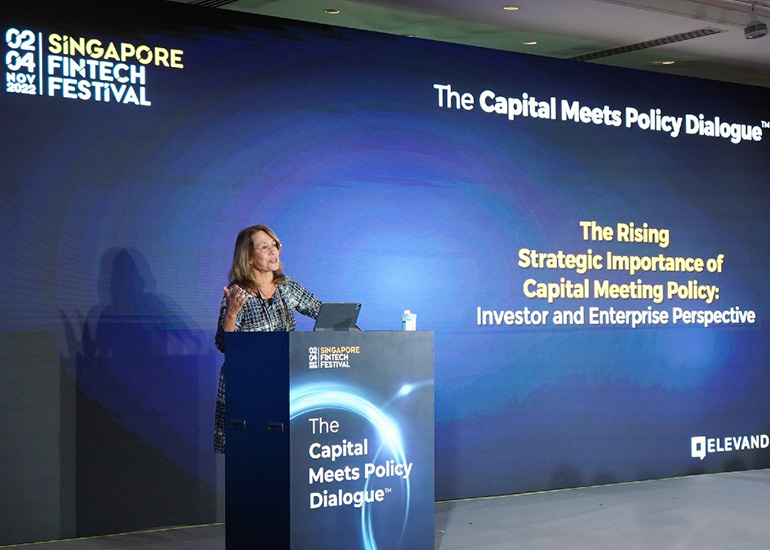This year’s spectacular implosion of crypto markets and the resulting failure of many prominent crypto firms have made regulators even warier of crypto and the distributed ledger technology that underpins it. Those regulators who have taken a hard line against crypto are feeling vindicated. Those who have tried to accommodate it are feeling some remorse. This intensifying regulatory scepticism could threaten the future of crypto and the success of those who have invested in it.
Regulators and policymakers continue to acknowledge the potential of distributed ledger technology to achieve socially desirable outcomes, including lowering consumer costs and making the financial system less risky and more inclusive. But scalable use cases just haven’t materialised. Increasingly I hear from regulators, where’s the beef?
To win over regulators, the industry will need to show that their innovations have some value to society — that they will actually make the incumbent system better. And there is plenty of room for improvement. It is important to remember that the incumbent system also failed spectacularly during the Great Financial Crisis (GFC) of 2008/2009. And while reforms have strengthened the system we have today, many parts of it still suffer from inefficiency, excessive leverage, lack of transparency, and rent-seeking.
While crypto firms will face a high bar in convincing sceptical regulators of their worth, other types of fintech have undeniably made the current system better. For the most part, these success stories have been achieved by working with regulated banks and building upon- not disrupting - the current financial infrastructure.
Fintech firms have led the way in making domestic payments cheaper and faster, developing online platforms that have made financial services more accessible to low-income households and rural areas, and pioneering new ways to understand credit risk that are more inclusive and less susceptible to cultural bias. When there have been problems, regulators have worked with innovators to find answers. For instance, prodded by regulators, artificial intelligence (AI) is becoming more transparent and less susceptible to racial and gender bias. I am hopeful that with appropriate regulatory oversight, buy-now-pay-later (BNPL) could transform into a simpler, less costly alternative to credit cards.
Unfortunately, examples of socially beneficial innovations in the crypto space are hard to find. Part of the reason may be regulatory resistance, but the bigger problem is that it has just been too easy to make money using crypto for speculation. It’s much harder work to build use cases that will actually achieve some social good. But any asset whose only use is reckless speculation will quickly lose value when market conditions tighten. The good news is that with interest rates rising, we should see more discipline around capital allocation in crypto. If investors want regulatory acceptance and sustainable returns, then they need to back innovators who are trying to apply this technology to solve real-world problems, with uses that have true, intrinsic worth.








